 | ||||


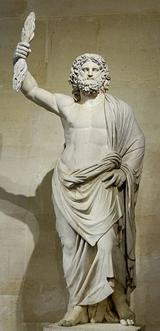
Hades is most commonly associated as being the Greek God of the underworld, and was often considered to be a God of death. Though Hades was still worshipped by the populace and received offerings, he was generally feared. Many were reluctant to speak his name and others would hide their faces during sacrifice to him. Hades was portrayed as morbid and gloomy in Greek mythology and writings however, it was given that his reign over the underworld gave him control of vast mineral wealth. From this Hades is also given the unofficial title of a rich god of wealth and plenty.
Artefact #3: Hades and Persephone in the underworld, interior of a red-figure cup, Greek, from Vulci, c. 430 BC
In this 5th century B.C. design from a red cup Hades is shown lounging with his unwilling consort Persephone while holding his cornucopia of plenty, a symbol of Hades’ wealth. The playwright Sophocles explains that "the gloomy Hades enriches himself with our sighs and our tears." This combination of wealth and fearsomeness mirrors the structure of Greek civilization. Though most polis were ruled with some form of democracy it was always the wealthy who held power, and control of life in the polis.
Another important element in this relic is the image of Persephone. Perhaps one of the most well known myths of Hades is the rape of Persephone. In this story Hades abducts Persephone, a daughter of Zeus and brings her to his realm. Her mother Demeter must plead with Zeus for his assistance in achieving Persephone’s return, even though it should be in Zeus’s interest as well. Zeus only has Hades release his daughter after Demeter places a curse on the land making it infertile. Zeus got Hades to release Persephone but because she had eaten 6 pomegranate seeds, she was to stay in the underworld for a set time of each year. Thus, Demeter once again makes the lands infertile during her daughter’s absence which the Greeks used to explain the different seasons. In Greek civilization as it is reflected in the Greek myths, parent child relationships were a far ways away from modern ideas of family. Often daughters would be married off for political gain, and sons would often struggle with fathers over power. Even Hades himself assisted Zeus in killing his own father, Cronos, so that Zeus and the Olympians could take power over the world.
Although characterized with a gloomy personality, feared by mortals and often in conflict with other gods, Hades was still revered in Greek society. The Greeks were no more comfortable with the afterlife than any other society, they honoured the dead and the fearful personality of Hades still had an important role in their society and myths.
Artefact #4: Hades Rape of Persephone
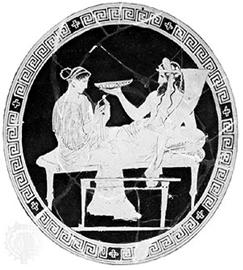
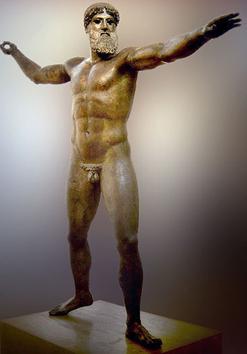
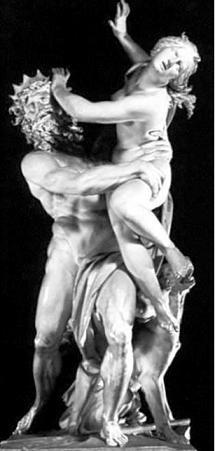
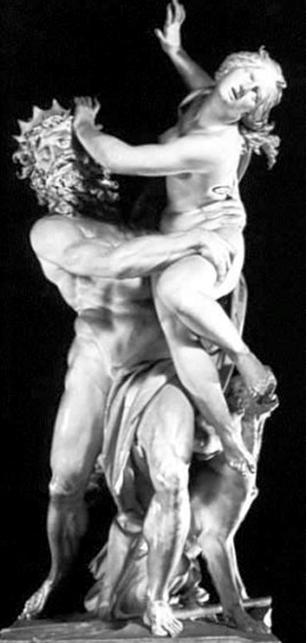
HIST 1001B - Mike MacGowan 100687581, Jeremy Roberts 100811513, Jeff Mackey 100806580, Tope Adekola 100798519, Billy O'Reilly 100798902